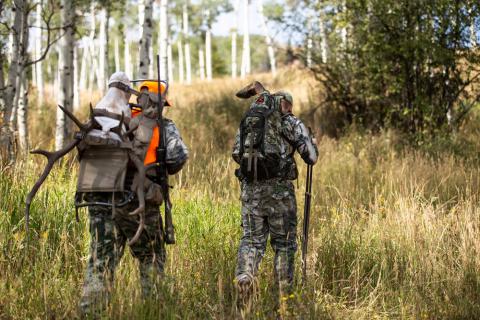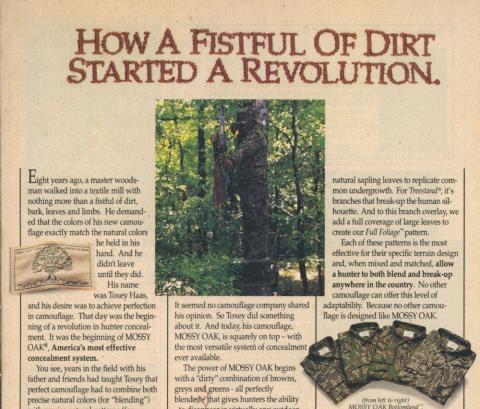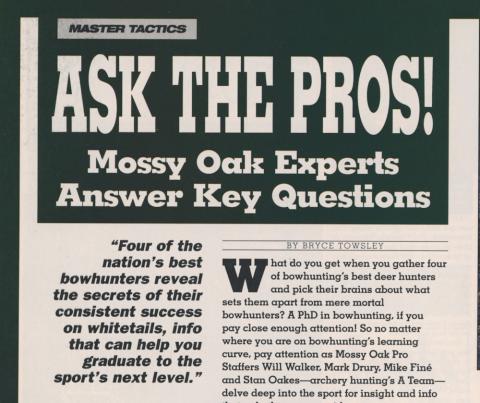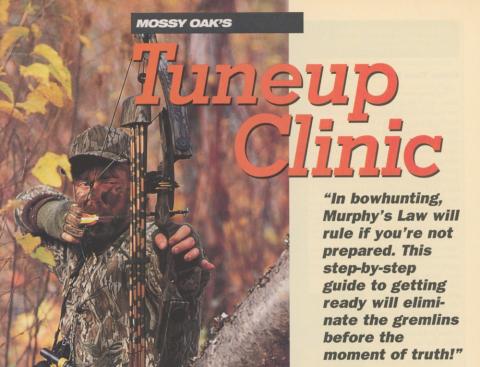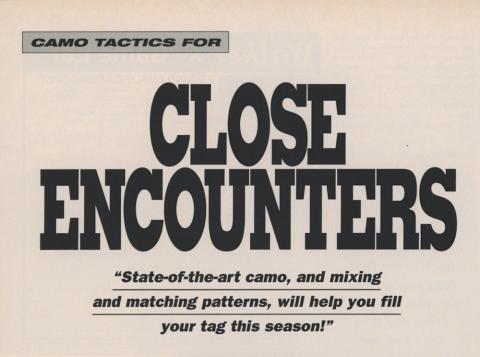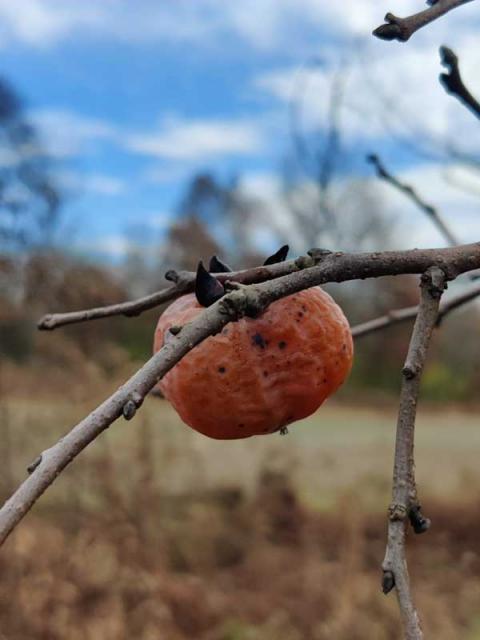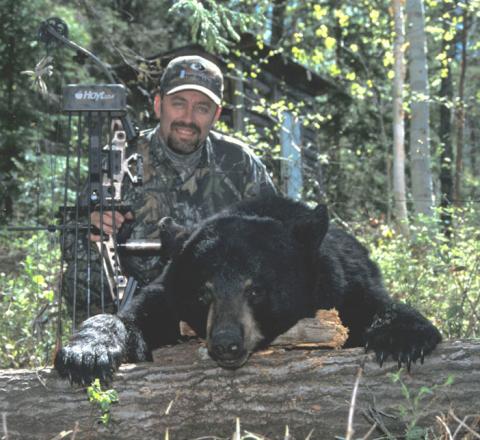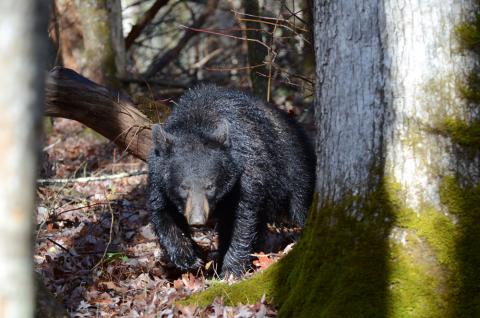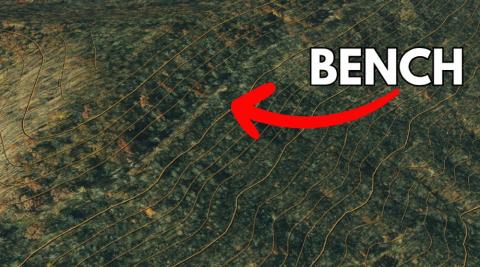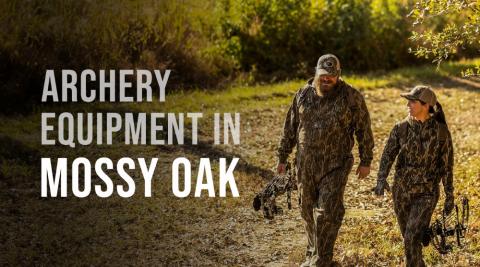provided by John Phillips
Longtime Mossy Oak Pro Will Primos of Flora, Mississippi, has been hunting elk every year since 1988. He said, “I’ve had some fantastic opportunities in my lifetime to call in hundreds of bull elk.” Primos, the creator of Primos Hunting hunts for elk in three states annually. He’s been producing videos and products for the elk-hunting industry for many years. “We wanted to get the public excited about not just elk but hunting and protecting them as well,” he said. “We’re strong supporters of the Rocky Mountain Elk Foundation and its mission.” Primos doesn’t just call and take elk himself, he also guides and calls for other people. Primos has taken or called more than 200 elk for others for his videos, “Primos The Truth 19: Big Bulls Video.”
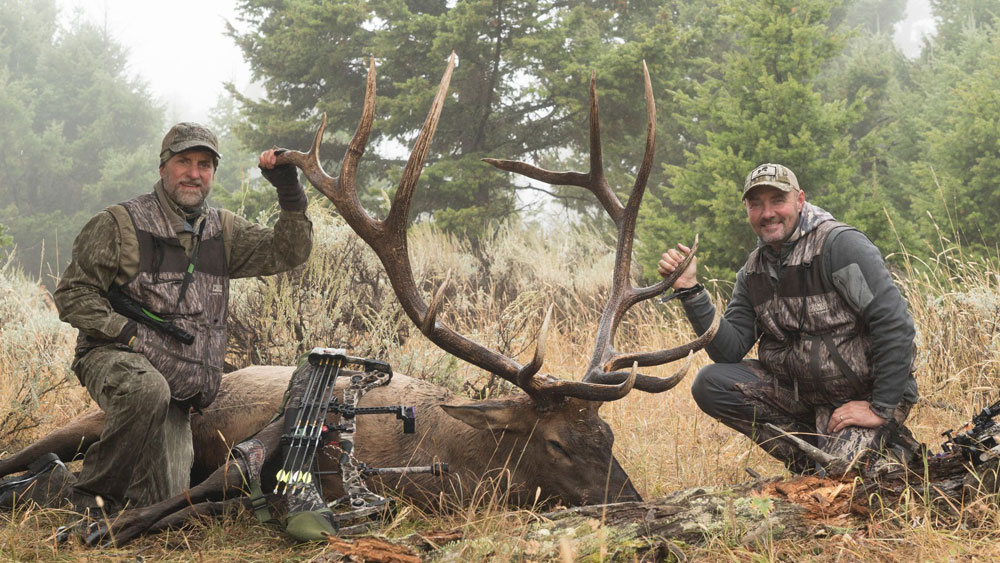
This hunt took place around 2000 in Montana. Some wildfires had broken out in the Belt Mountains, and we were hunting on a ranch not far from the Missouri River near Three Forks, Montana. A good portion of the ranch had been burned. This hunt took place early in the season when a snowstorm had moved through, so there was about two feet of snow on the ground. We’d gone up the mountain for several days and never found a bull or any sign of elk. From what we observed, we were pretty sure that the fire had pushed most of the elk, if not all of the elk, off the mountain.
On the way back to camp, I was driving and spotted a bull. The windshield wipers were on intermittent - not because the snow was still falling - but due to the wind blowing some of the snow off the branches and trees. A “cashoo” sound emitted from the wipers as they went back and forth across the front window. The bull picked his head up but couldn’t see us because I’d stopped the vehicle. “Big bull, big bull…and I think he’s out there by himself,” I told everyone. The bull was only about 75 yards away from us, until he finally turned away from us and walked down into a canyon. We all jumped out of the truck when we knew the bull couldn’t see us and tried to close in the distance between us and the bull. Soon enough, the bull came out of the canyon and went up the same mountain where we were. I cow called, and he hadn’t gone far before he stopped and bugled.
I was running the video camera and calling. Brad Farris, a friend of mine who drew a tag on this land, would be the shooter. Once we got set up, the bull came by us at about 40 yards. Brad was ready to shoot. As I was cow calling the elk, Brad had the perfect shooting lane to take a shot. However, as the bull started walking toward us, Brad didn’t call to stop the elk. He’d forgotten to put a cow call in his mouth. Since I had one, I mewed, and the bull stopped right in the middle of Brad’s shooting lane. He already had ranged the distance to where the bull stopped, so he released the arrow and made a perfect shot. This was a tremendous-sized bull, scoring about 397 inches - an absolute monster.
Finding a bull, calling him in to an archer, and the archer making a good shot are the easiest parts of an elk hunt. The real work begins when the bull is on the ground. Fortunately, while hunting in the Gila Wilderness of New Mexico one time, a guide there had taught us how to get the meat off the elk without having to gut him by skinning him down the back, getting the tenderloins out and taking the rest of the meat off the elk without field dressing it first. Since there were four of us, we were able to drag that bull down the mountain and get him to a road. We then used our pickup truck to load up the elk and take him back to camp. Getting an elk out of the mountains or steep terrain is often an all-night or most-of-the-day type of job. On each elk hunt, I build some great memories with friends, while getting videos to remember them.














